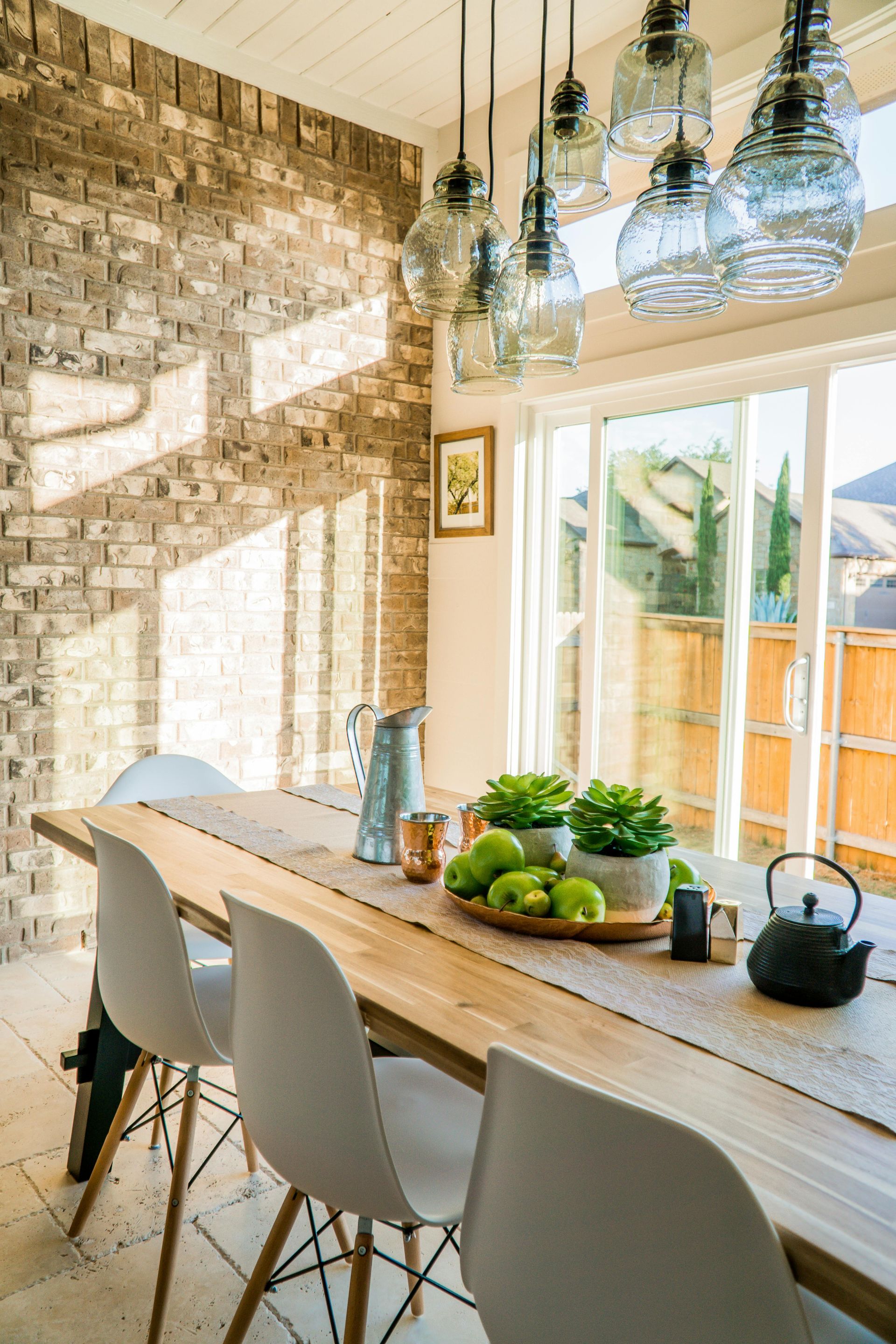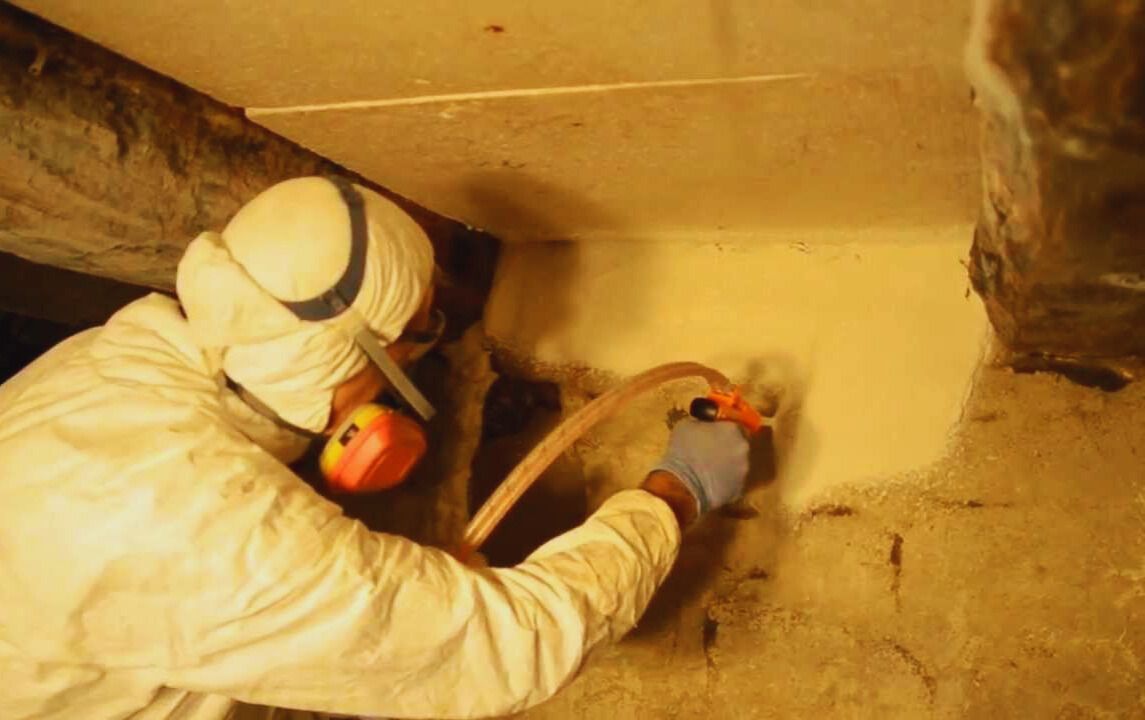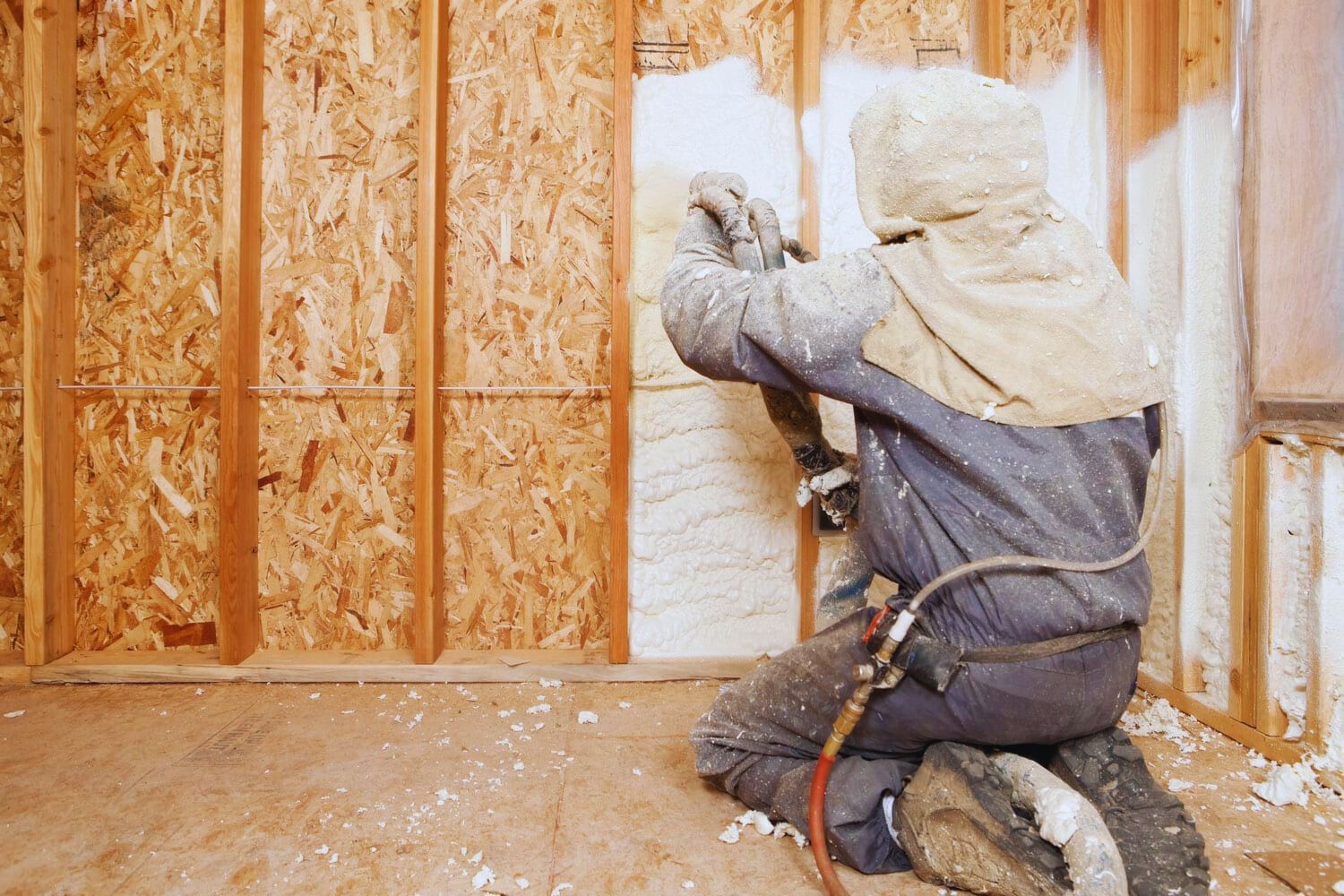Transform Your Home:Spray Foam Insulation for Retrofits&Renovations
Homeowners seeking to enhance their living spaces often overlook a powerful solution: spray foam insulation. This versatile material can transform existing homes, making them more comfortable and energy-efficient. Retrofitting with spray foam insulation can significantly reduce drafts, lower energy bills, and improve indoor air quality.
We at Georgetown Premier Insulation understand the challenges homeowners face with older properties. Spray foam insulation offers a remarkable opportunity to address these issues without extensive renovations. It can be applied to various areas, including attics, walls, and crawl spaces, effectively sealing air leaks and creating a thermal barrier.
Renovating with spray foam insulation is a smart investment for homeowners. It not only enhances comfort but also increases property value. Our team specializes in applying this cutting-edge material, ensuring your home benefits from its superior insulating properties.
Key Takeaways
- Spray foam insulation retrofits can dramatically improve home energy efficiency and comfort
- Professional application ensures optimal performance and compliance with building codes
- Investing in spray foam insulation offers long-term financial and environmental benefits
Understanding Spray Foam Insulation
Spray foam insulation is a versatile and effective solution for improving home energy efficiency. It offers unique properties that set it apart from traditional insulation materials.
Types of Foam Insulation
Open-cell spray foam has a spongy texture and lower density. It expands significantly upon application, filling gaps and cracks effectively. This type excels at sound reduction and allows for slight wall movement.
Closed-cell spray foam is denser and more rigid. It provides superior insulation and acts as a moisture barrier. This type can add structural strength to walls and roofs.
Spray polyurethane foam (SPF) is available in both open-cell and closed-cell varieties. It's applied as a liquid that quickly expands and hardens into a solid foam.
Benefits of Using Spray Foam
Spray foam creates an airtight seal, significantly reducing air leakage and improving energy efficiency. It offers excellent R-value per inch, providing better insulation with less thickness compared to many alternatives.
The air-sealing properties of spray foam help control moisture, reducing the risk of mold and mildew. It can also improve indoor air quality by blocking pollutants and allergens.
Spray foam adheres to most surfaces and can insulate hard-to-reach areas. It doesn't sag or settle over time, maintaining its performance for years.
Comparing Spray Foam to Other Insulations
Spray foam generally outperforms fiberglass and cellulose in terms of R-value per inch. While more expensive upfront, it often leads to greater energy savings long-term.
Fiberglass is cheaper but can leave gaps and doesn't air seal as effectively. Cellulose offers good sound reduction but can settle over time.
Spray foam excels in moisture control and air sealing compared to traditional options. It's particularly effective for retrofitting existing homes, as it can be applied without removing drywall in many cases.
Practical Applications in Homes
Spray foam insulation offers versatile solutions for retrofitting and renovating homes. It addresses key areas to improve energy efficiency, comfort, and indoor air quality.
Optimizing Indoor Climate Control
Spray foam insulation dramatically improves a home's HVAC system performance. By sealing air leaks and creating an airtight building envelope, it reduces the workload on heating and cooling equipment. This results in more consistent temperatures throughout the house and lower energy bills.
We often apply spray foam in attics, walls, and crawl spaces to minimize air infiltration. This helps maintain desired indoor temperatures and humidity levels year-round. The foam's air-sealing properties also prevent moisture issues that can lead to mold growth and structural damage.
For older homes with outdated insulation, retrofitting with spray foam can transform indoor comfort. It eliminates drafts, cold spots, and temperature fluctuations between rooms.
Attic and Roof Insulation Strategies
Unvented attics insulated with spray foam offer significant benefits. We apply foam directly to the underside of the roof deck, creating a conditioned attic space. This approach protects HVAC equipment and ductwork from extreme temperatures, improving system efficiency.
Spray foam on the roof sheathing prevents ice dams in cold climates. It maintains a consistent roof temperature, stopping snow melt and refreezing cycles. For vented attics, we focus on thoroughly insulating the attic floor to prevent heat loss from the living spaces below.
The high R-value of closed-cell spray foam allows for excellent insulation performance in a relatively thin layer. This is particularly useful in attics with limited space for traditional insulation materials.
Walls and Crawlspaces
Retrofitting existing walls with spray foam insulation is a highly effective way to improve a home's thermal performance. We use minimally invasive techniques to inject foam into wall cavities through small holes, which are then patched and refinished.
This method fills gaps and voids in older insulation, creating a seamless thermal barrier. It's particularly useful for insulating challenging areas like bay windows, cantilevers, and rim joists.
In crawl spaces, spray foam applied to the walls and band joists creates a moisture-resistant barrier. This helps control humidity levels, prevent mold growth, and improve overall indoor air quality. Insulating crawl spaces can also lead to warmer floors and increased comfort in the living areas above.
Financial Considerations
Spray foam insulation offers significant financial advantages for homeowners considering retrofits or renovations. The initial investment can lead to substantial long-term savings and improved property value.
Analyzing Upfront and Long-Term Costs
Spray foam insulation typically has higher upfront costs compared to traditional insulation methods. Installation costs range from $1.50 to $3.50 per square foot, depending on the type of foam and project complexity. However, these costs are offset by reduced energy bills over time. Homeowners can expect to save 15-50% on monthly energy costs, with savings varying based on climate and home size.
The longevity of spray foam insulation also contributes to its cost-effectiveness. It can last 80-100 years with proper installation, reducing the need for replacement and associated future expenses.
Maximizing Return on Investment
We recommend considering spray foam insulation as a long-term investment in your home. Energy savings accumulate over time, often resulting in the insulation paying for itself within 3-7 years. Additionally, spray foam can increase your home's resale value by up to 6%, making it an attractive option for future buyers.
To maximize ROI, focus on areas with the highest potential for heat loss, such as attics and crawl spaces. Combining spray foam insulation with other energy-efficient upgrades can further enhance savings and reduce greenhouse gas emissions.
Health and Environmental Impact
Spray foam insulation has significant implications for both human health and environmental sustainability. Its application in retrofits and renovations can impact indoor air quality and align with eco-friendly building practices.
Indoor Air Quality and Health
Properly installed spray foam insulation can create an effective air barrier, reducing the infiltration of outdoor pollutants and allergens. This can lead to improved indoor air quality, potentially benefiting residents with respiratory conditions. However, it's crucial to allow for proper ventilation to prevent moisture buildup and potential mold growth.
We recommend professional installation to minimize health risks associated with chemical off-gassing during and immediately after application. Some individuals may be sensitive to the compounds used in spray foam, so it's important to vacate the premises during installation and follow manufacturer guidelines for re-entry times.
Spray foam's excellent sealing properties can also help prevent pest infestations, reducing the need for potentially harmful pesticides in the home.
Sustainable Practices and Materials
When considering spray foam for retrofits, we look at its overall environmental impact. While it can significantly reduce energy consumption and greenhouse gas emissions over a building's lifetime, the production of some spray foam materials involves blowing agents with high global warming potential.
We're seeing a shift towards more eco-friendly formulations using water-based or soy-based products. These alternatives aim to reduce the carbon footprint of insulation manufacturing.
Spray foam's durability can contribute to sustainable building practices by reducing the need for frequent replacements. It also minimizes construction waste compared to traditional insulation methods, as it's applied precisely where needed.
To maximize sustainability, we recommend combining spray foam with other green building strategies and considering its lifecycle impact when making insulation choices.
Compliance and Best Practices
Retrofitting homes with spray foam insulation requires adherence to building codes and proper installation techniques. These practices ensure safety, efficiency, and long-term performance.
Conforming to Building Codes
Building codes set the standards for spray foam insulation in retrofit applications. We recommend checking local regulations before starting any project. Most codes require specific R-values for different climate zones.
Spray foam must meet fire safety requirements. This often includes adding a thermal barrier or ignition barrier over the foam. The thickness and type of foam used may also be regulated.
Air sealing is a key benefit of spray foam, but some codes mandate mechanical ventilation to maintain indoor air quality. We always ensure proper ventilation is in place when retrofitting with spray foam.
Ensuring Proper Installation
Proper installation is crucial for spray foam's effectiveness. We remove existing insulation if it's damaged or moldy. In some cases, we may spray over existing batts if they're in good condition.
Surface preparation is essential. We clean and dry all areas before application. This helps the foam adhere properly and prevents future issues.
Temperature control during installation affects foam quality. We use specialized equipment to maintain optimal conditions. This ensures proper curing and maximum performance.
Safety gear is non-negotiable. Our installers wear protective equipment to guard against chemical exposure. We also temporarily vacate the premises during and after installation to allow for proper ventilation.
You might also like
GPI Articles


Request Service Today!
Thank you for contacting us.
We will get back to you as soon as possible.
Oops, there was an error sending your message.
Please try again later.
Revolutionize your living experience with our top-tier spray foam insulation service, designed to elevate your home's energy efficiency and comfort levels to new heights. Our dedicated team of professionals brings years of expertise to every project, ensuring precise installation of high-quality spray foam insulation throughout your entire home. Bid farewell to pesky drafts, soaring energy bills, and uneven indoor temperatures as our meticulously applied insulation seals every nook and cranny, creating a cozy and consistent climate year-round. Not only does our insulation solution enhance your comfort, but it also promotes environmental sustainability by reducing energy waste and lowering your carbon footprint. Rest easy knowing that our comprehensive insulation package is tailored to suit your home's specific needs, providing lasting performance and peace of mind for you and your family. Experience the transformative power of superior insulation with our trusted service. Interested in knowing more? Check out our Blog!






